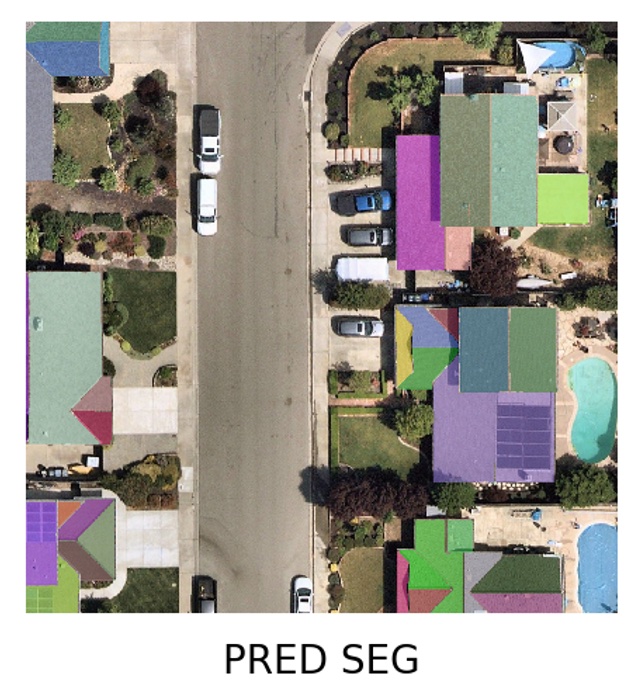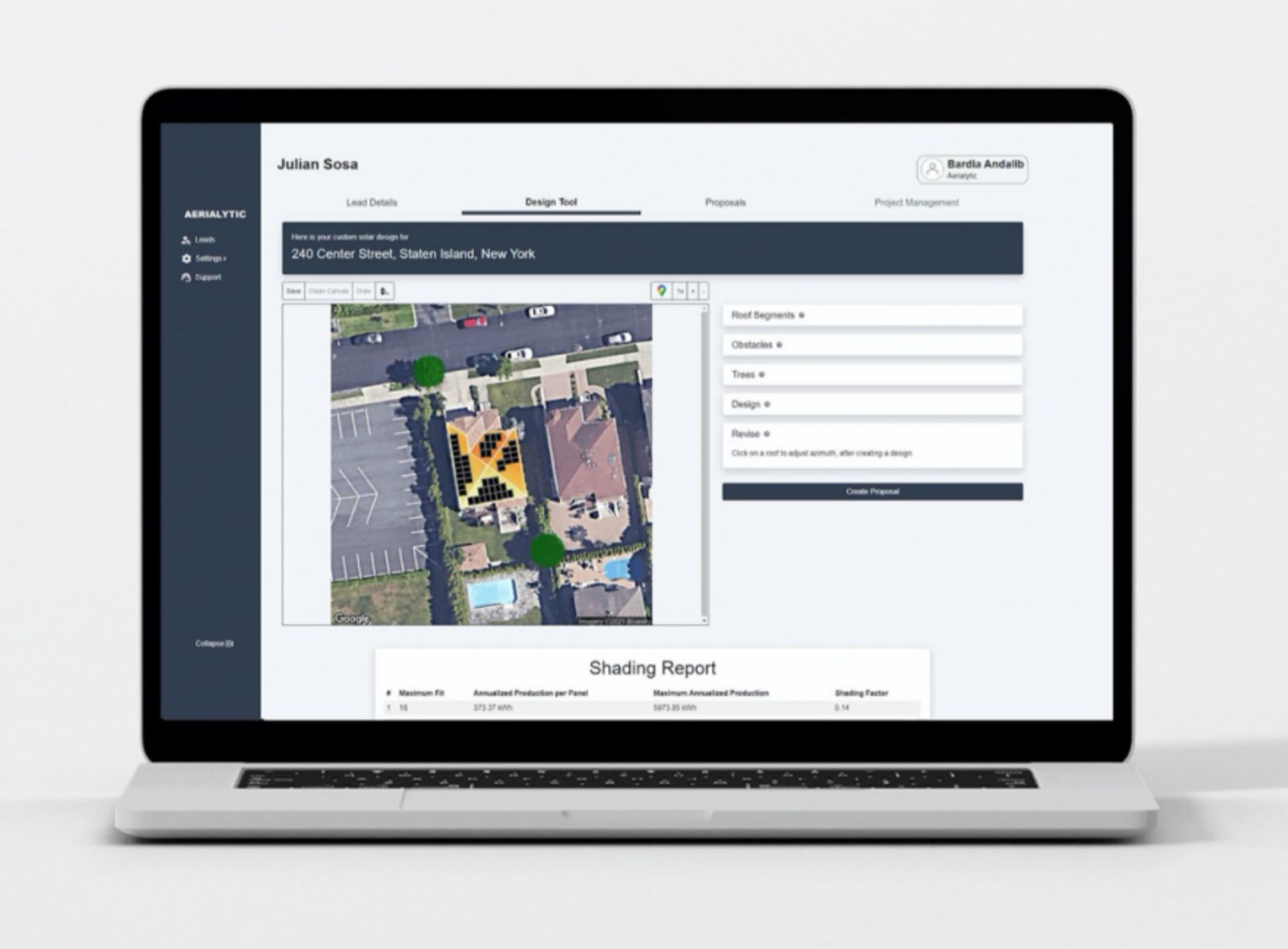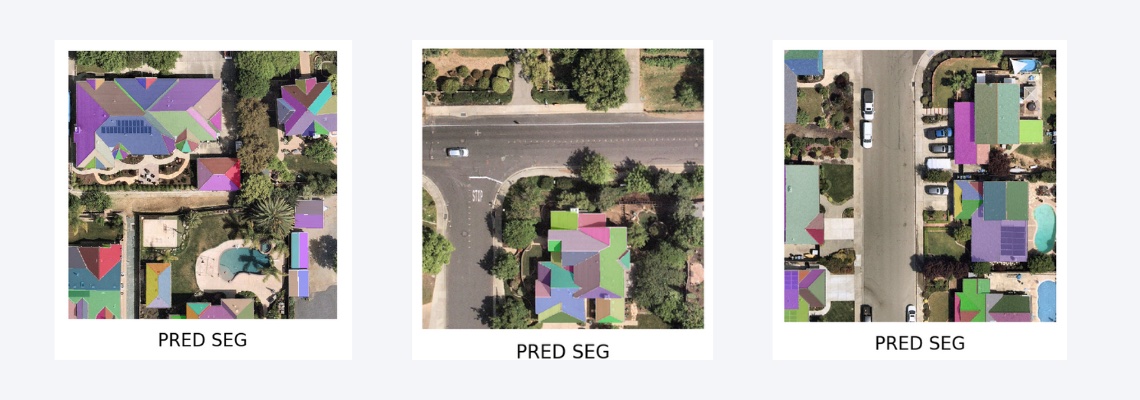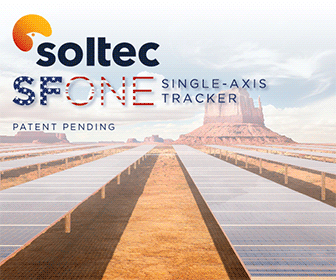How Big Data, Technology, and AI are Innovating Residential Solar
 From generating a lead to seeing a project through to installation, solar professionals today are facing challenges in various stages of the sales and project cycle. The residential solar industry is fragmented and has a long and convoluted customer journey for both the homeowner and solar company. Worst of all, the industry is plagued with a rising customer acquisition.
From generating a lead to seeing a project through to installation, solar professionals today are facing challenges in various stages of the sales and project cycle. The residential solar industry is fragmented and has a long and convoluted customer journey for both the homeowner and solar company. Worst of all, the industry is plagued with a rising customer acquisition.
Overall, lead generation for residential solar is more of a spray and pray approach; an entire neighborhood is either canvassed, targeted with traditional flyer drops, or digitally via social media campaigns just to bring general awareness about the benefits of solar. This can become quite costly, especially during an online lead generation campaign where the cost-per-click (CPC) and cost-per-lead (CPL) can be high, with no guarantee that the lead is even qualified. Given today's competitive lead generation methods, communication speed can be the difference between gaining a customer or losing them to a competitor.
Solar is a difficult sale. Until you create a custom solar design, you can only inform a homeowner of general information about their solar savings potential. Until then, the only answer you can give them is, "It depends". Imagine walking into a store and asking, "How much for that t-shirt?", and the only response the sales person can say is, "It depends".
A custom solar design is needed to give specific potential solar savings to homeowners. Solar design software will likely be used to get it done. The design itself usually takes an experienced designer 10-15 minutes to create a custom design and proposal. With many inquiries a day, this creates a bottleneck, often resulting in the homeowner waiting 24-48 hours before they can learn about their savings potential. Not only are some of these designs still manually created, they are also outsourced, creating a costly problem that savvy third-party companies capitalize on by adding a surcharge for an expedited design.
Big data, technology, and AI are helping to alleviate many problems within this fragmented industry. Thanks to their combined advanced input, solar communication is poised for a massive redesign. Think about the airline business twenty years ago; we used to walk into a travel center to book a flight and wait there while the agent would shop around to secure our travel arrangements. Today, you could pause reading this article right now and, within a few minutes and a couple of clicks on your computer, book a weekend to Las Vegas. Solar is transitioning in a similar way.
 Machine learning means that custom solar designs take as little as 60 seconds to complete, shifting the dynamics in the way solar is adopted today. Not only will it reduce customer drop off, but it will amplify solar sales drastically as you no longer need a team to help facilitate solar sales at scale.
Machine learning means that custom solar designs take as little as 60 seconds to complete, shifting the dynamics in the way solar is adopted today. Not only will it reduce customer drop off, but it will amplify solar sales drastically as you no longer need a team to help facilitate solar sales at scale.
Cloud computing also speeds up solar adoption by allowing us to scale up computing services and solar designs in order to prequalify homes that would be best suited for solar prior to engaging them. Imagine having to hire a team of designers to create one million designs. How long would it take them? Today, you can use cloud computing to produce that same number of designs in a few days; and the process will be significantly cheaper. All thanks to a few taps on your keyboard.
What does all this mean for residential solar installers, sales professionals, and the overall adoption of solar?
Hyper Target Your Acquisition Strategy
By leveraging machine learning and cloud computing, we can shift the way solar is currently marketed. Instead of a spray and pray approach, we can scan an entire neighborhood and create custom solar designs for each home with ease. Layered with readily available community data, solar can switch from a spray and pray approach to a hyper-targeted approach. You can further target the list of properties by filtering to the key features you wish to target. Often, the number one reason a property owner adopts solar is for financial gain; you can choose to filter the list to sort the highest potential savings and direct your marketing efforts to those specific homes.

Expedite Your Post Sale Process
The job isn't done when the homeowner signs the contract. In fact, a solar installer would likely agree that that's when the heavy lifting actually begins. Purchasing hardware, organizing installation crews, preparing and submitting permitting documents, and communicating with the homeowner are all necessary tasks.
The solar installer's goal is to successfully complete the project and reduce the number of days it takes to go from contract signing to PTO (permission to operate) to ensure homeowner satisfaction and commission payout.
Drones are another technology making it possible for site assessments to be done more efficiently, accurately, and consistently with aerial surveys. Software has been developed to expedite the permit packages in less than 15 minutes - instant permit approvals are now becoming a reality.
What does the future hold?
With all of these innovations, could the future of solar mean instant quoting, accelerated project timelines, leaner teams, more sales, improved experiences and faster adoption? The answer is yes. In fact, it's already here. The only question left to ask is, how will you choose to leverage innovative technologies into your business to accelerate business growth?
Bardia Andalib is the Co-Founder & CEO and Veronica Malinski is the Co-Founder and Chief Marketing Officer at Aerialytic. Together with their team, they have developed Aerialytic, an end-to-end software that uses AI to create custom solar designs in under 60 seconds, integrating various technologies to enable solar installers and sales professionals to start and finish their workflow all in one software in order to help save our planet and accelerate solar adoption.
Aerialytic | www.aerialytic.com
Author: Bardia Andalib and Veronica Malinski
Volume: 2021 November/December









.jpg?r=9201)
.gif?r=6419)

.jpg?r=2601)